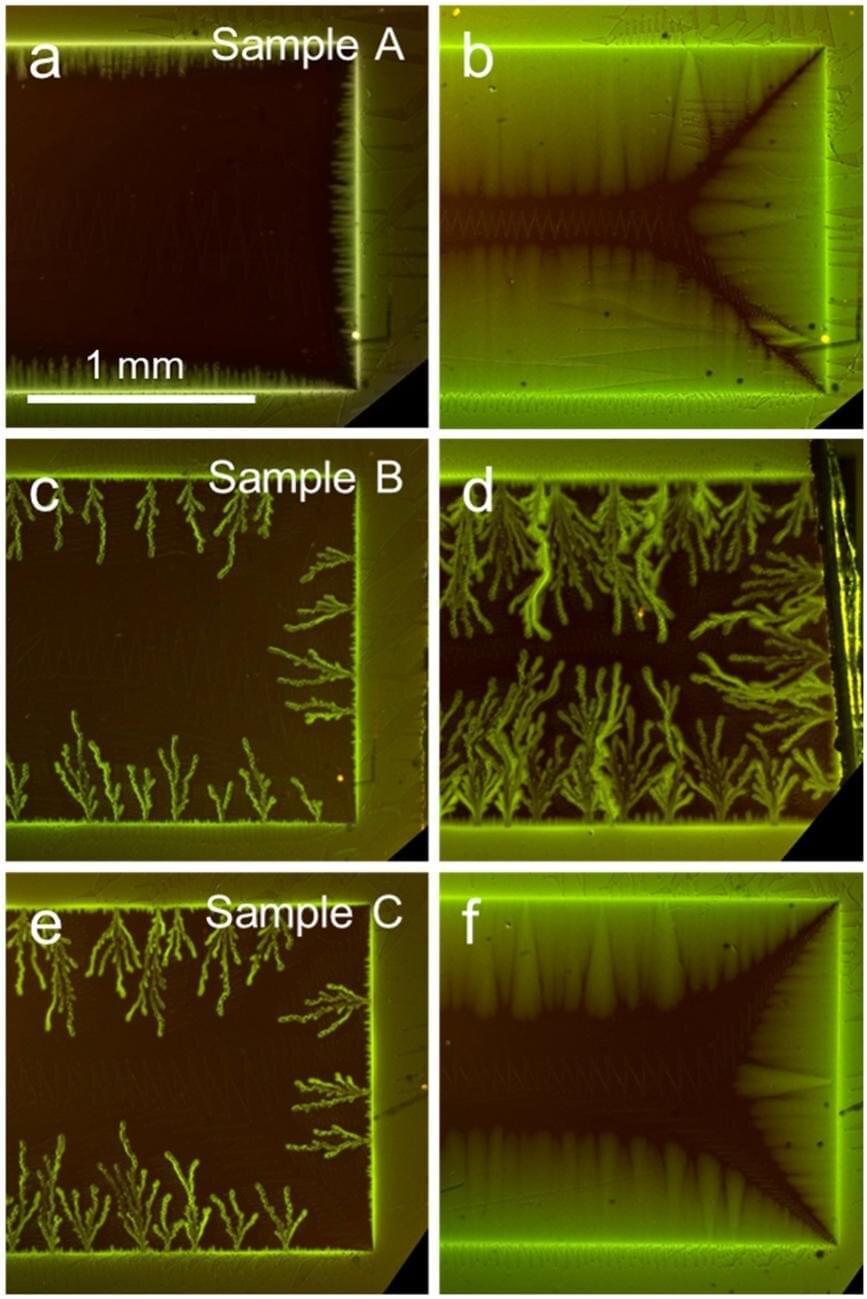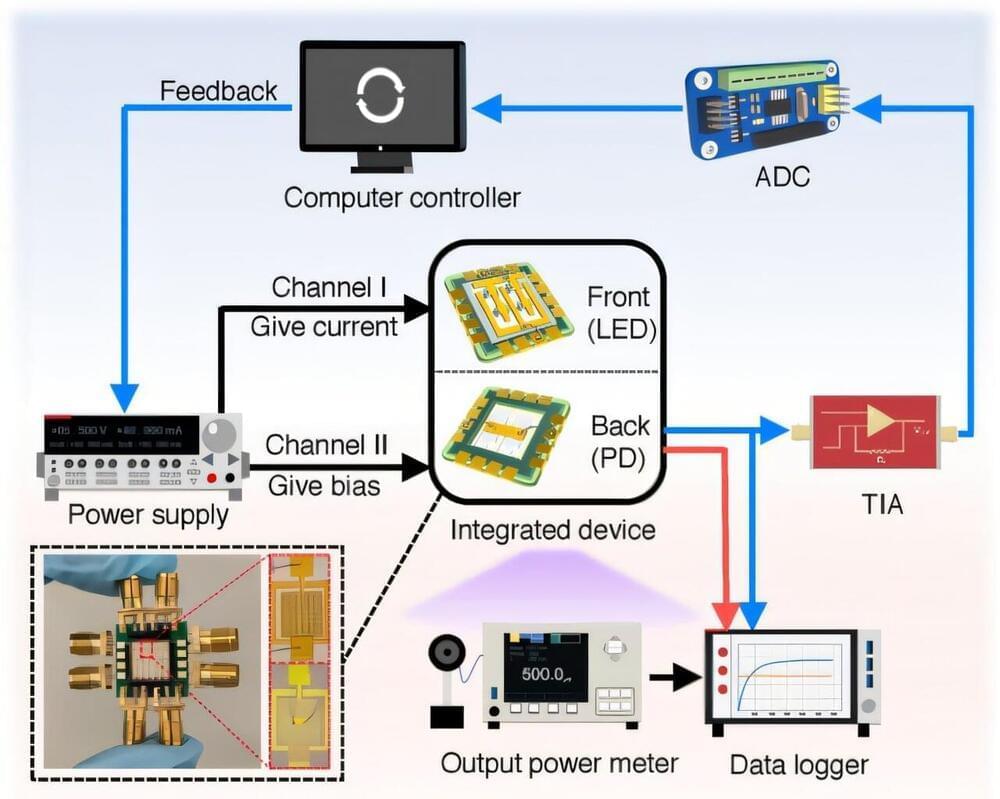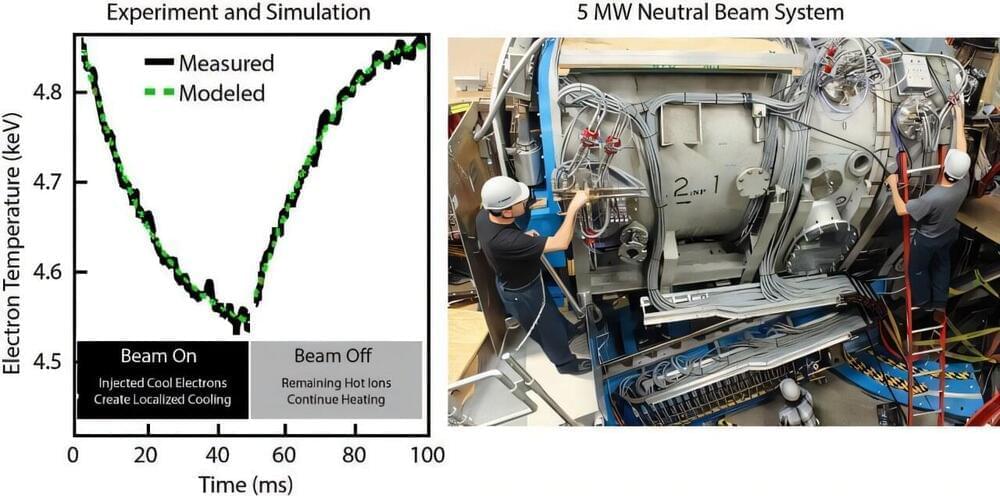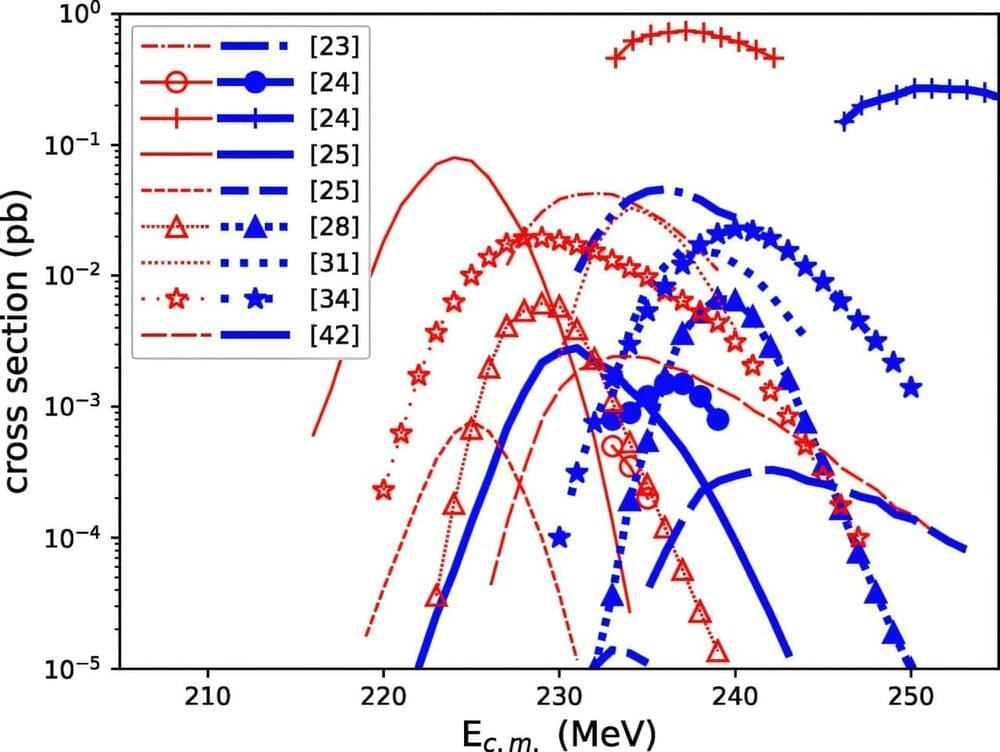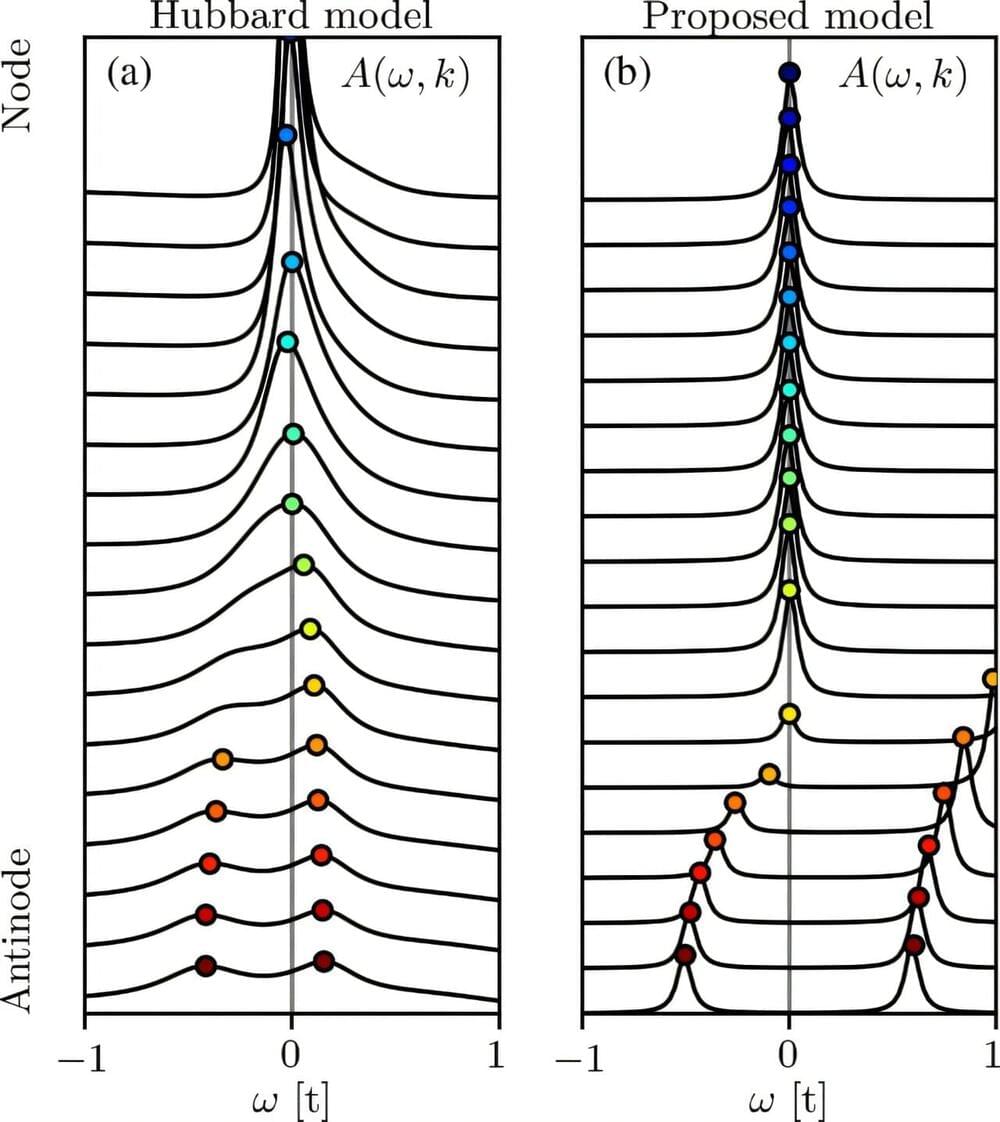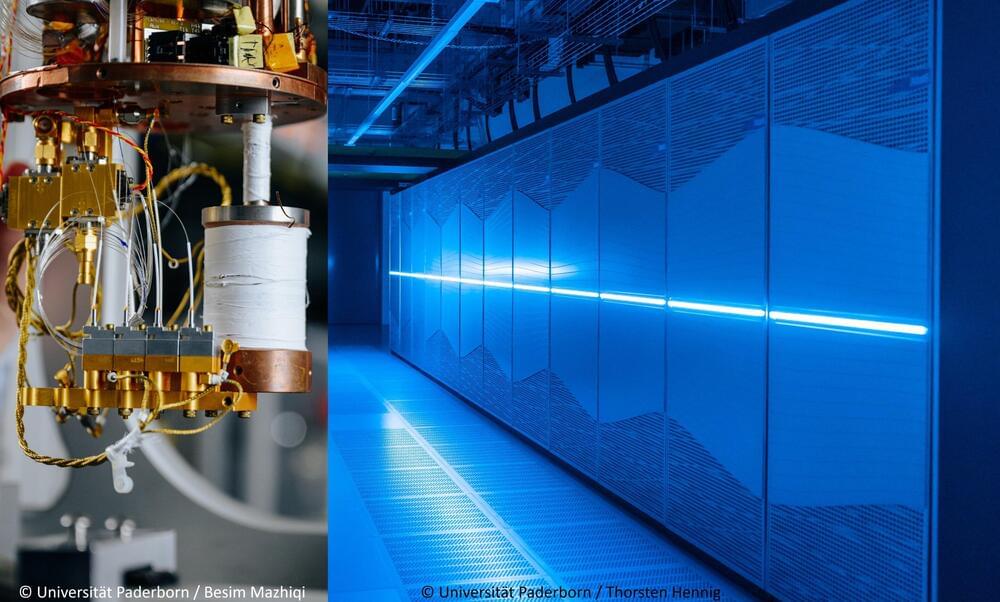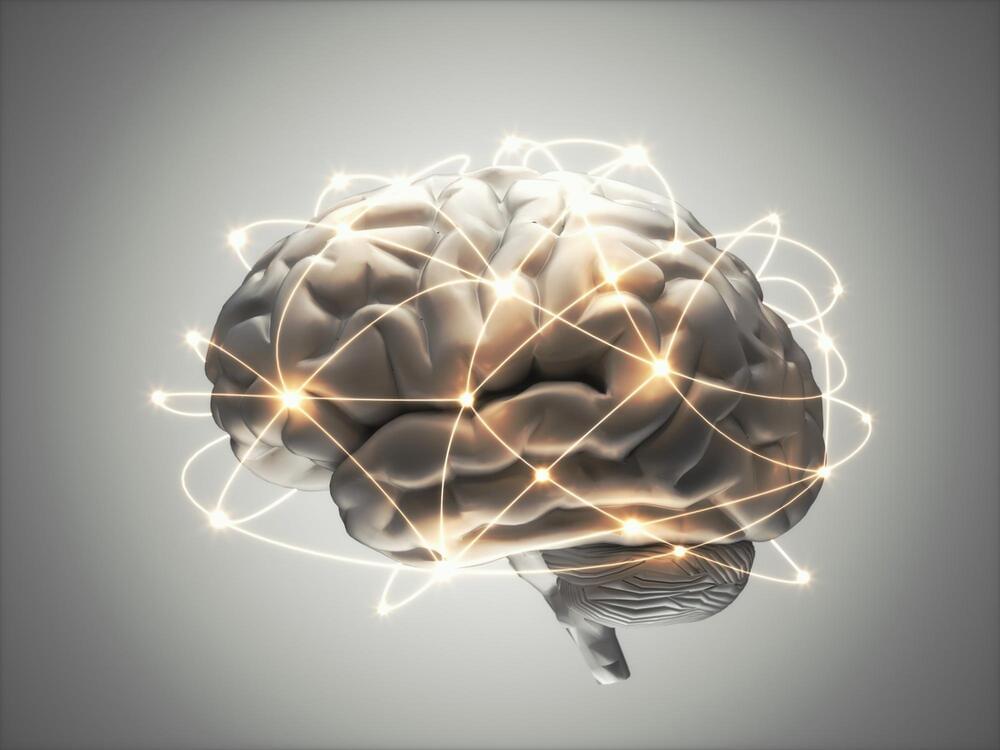Oct 26, 2024
Scientists gain insight into the material defects that cause errors in quantum computing
Posted by Saúl Morales Rodriguéz in categories: computing, quantum physics
A team of researchers, led by scientist Lin Zhou of Ames National Laboratory, has made important progress towards understanding the role of surface oxides in improving quantum computing circuits performance. Surface oxides are a primary cause of decoherence, or loss of quantum properties in quantum circuits.
